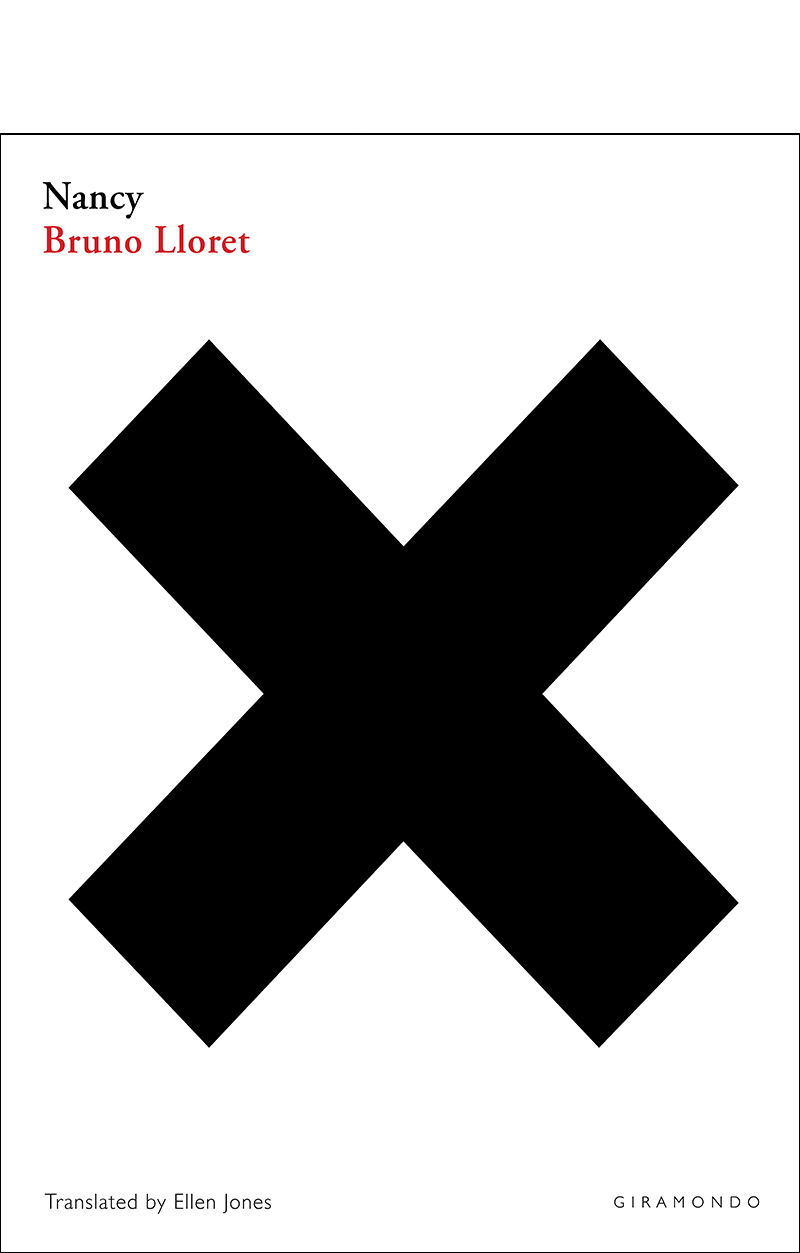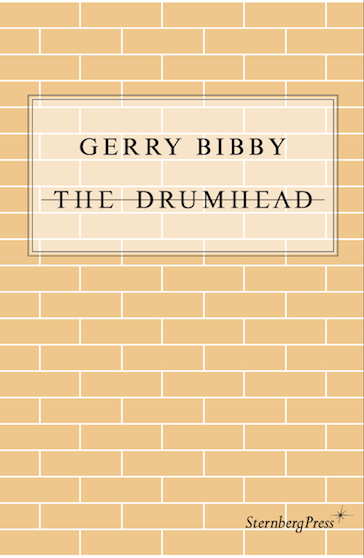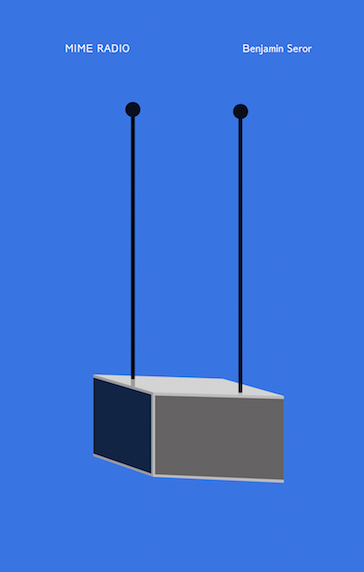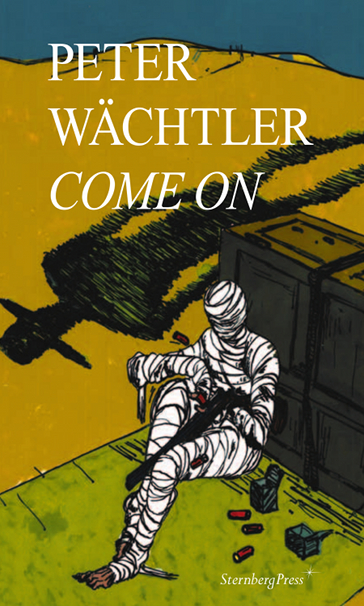
Ludovic Bruckstein, The Trap, Trans. by Alistair Ian Blythe, Istros Books, 2019.
One of the great things about
reviewing translated fiction from around the world is those
discoveries that turn up over the years those lost books and writers.
In the great intro to the book from its translator about how
Bruckstein maybe is the greatest Romanian writer of the post-war era
but was little known as he was banned by the Romanian regime. He
wrote a number of plays including the night shift that was about
sonder Komando revolt at Auschwitz. He wrote this book late in his
life it is semi-autobiographical Like the character Ernst in the book
he lived in the Transylvanian town of Sighet in the Ghetto there he
lost all his family a[art from himself and his younger brother as
with most of the towns Jews.
To ernst, a student who had
been abroad, the law seemed not only humilating, nt only insulting,
but also stupid and ridiculous. It was a small town and everybody
knew everybody knew everybody else, and for a fact, everybody knew
who was a jew. And who was a Romanian. And who was a Hungarian. And
who was a Ukranian and who was a Zipser erman. And who was a Gypsy .
Nobody tries to hide what he was. The law was quite simply idotic. If
a person knows you, what is the point of his making you wear a sign.
Ernst questioins wearing the
star on their clothes.
The book is a selection of two
novellas The trap and The rag doll both are set in the Carpathian
mountains in the rural towns like his own childhood home of Sighet
and shows the ripple effect of the Germans taking over and the
changes that brought about and how it ripped the heart out of this
town. I am focusing on the trap which has Ernst A student who had
spent time away from his home town dealing with having to wear a
yellow star. He says why can’t Catholics have a c the reformist has
an r and so on as he points out we all we are jews as they are
Ukranian or Hungarian or the local Zipser germans. There is a scene
where all the jews are stopped and held by so troops for hours Ernst
is one of the ones that questions why they are being held there and
what for he even says he asks in his best Viennese German to the
young troop. The growing trouble as we see the happenings in the town
through Ernst’s eyes as they see there lives shrink and the
transport trains start to take the Jews away from Sighet.
On the morning of 16 may 1944,
Ernst woke up abruptly in his bed of moist hay in the loft of Ioun
Stan’s barn
He thought he had heard a
noise rising from the town, a strange hum made up of words and cries,
mingled with harsh orders. Was it a dream? No, the sound persisted,
perhaps more faintly than during sleep, but even so, it could still
be heardup there on the slope of Agris Hill
The Ghetoo is being cleared
and it wakes Ernst
I was recently at the Uk
holocaust museum with My wife we were struck by the exhibition and
the stories of those involved. But what is never captured is the lose
of a community here Brickstein does a similar thing to the Lithuanian
writer Grigory kanovich did in the book Shelti Love song which I
reviewed a couple of years ago that caught the lose of a community
the Shelti jews of Lithuania here we see the Jewish community of
Sighet which was 13000 before the war which was nearly fifty percent
of the population I was reminded of the way Dasa Drndric described
the Italian edition of her book Trieste which had a list of Italian
jews killed was passed around a crowd and if some new a name it was
taken out. I read up on Sighet in 2002 there were just twenty jews so
it shows the impact of the war in that community Ernst is based on
Ludovic he sees his family friends and community slowly squeezed out
of the town. I am one that thinks there can never be enough of books
like this brought out in English and discovered as we see growing
hatred in our own country we need to see what happens further down
that road of hatred !! Istros have brought us a lost gem of Mittel
European fiction -
https://winstonsdad.wordpress.com/2019/11/13/the-trap-by-ludovic-bruckstein/
With its fast-pace and smooth,
unpretentious prose, The Trap seems to imbue oral storytelling rather
than literary artifice. Translated by Alistair Ian Blythe, the two
novellas are the first of Jewish-Romanian author Ludovic Bruckstein’s
works to be published in English. Despite engaging with darkest of
times — the Second World War, its lead-up, and its immediate
aftermath — the book’s narrative voice is warm and understanding,
reminiscent of Anton Chekhov’s. Its value resides above all in
bringing to life a world that has now since vanished: the intricate
multi-ethnic communities and towns in 1930s and 1940s Transylvania,
with their daily chatter, worries and dramas. Yet they also quietly
explore the crucial question, “how did we come to this?”
Remembering the
Jewish-Romanian author whose Holocaust stories continue to inspire
The first novella, also called
The Trap, follows a young Jewish architecture student, Ernst, who is
forced to interrupt his studies in Vienna and retire to the mountains
near his hometown of Sighet to avoid wartime conscription. Finding
shelter within the robust yet welcoming home of a shepherd’s
family, Ernst reflects on his hometown, which has “a courthouse and
a large prison, five Christian churches, [...] five synagogues, six
primary schools; four lyceums; a large cafe that served Turkish
coffee and tea in the front salon and which had rooms for billiards
and cards at the back; two small cake shops on the Corso, which was
the main street; a brothel at the edge of town, which was named the
Jardin; and a Palace of Culture”. From his hiding spot in the
woods, he observes the changes within the town, as the Nazi-allied
Hungarian army takes over and begins to harass and antagonise the
locals, and as his own family is ultimately sent away.
Despite the tragic reality it
depicts, there’s unexpected humour throughout the story. Ernst
ponders on the ridiculousness of the legally-enforced armbands for
Jews to wear, especially in a small community where everyone knows
everyone else. “Maybe people should also be marked according to
their occupation?,” he wonders. “Barbers would have a B, for
example, Merchants an M, teachers a T, doctors a D, pickpockets a PP,
and so on.” Absurdism is a recurrent theme in this first novella,
culminating with the Russian soldiers’ Kafkaesque reaction to Ernst
as he appears in the “liberated” streets.
Despite describing past
communities, the themes explored in Bruckstein’s novellas remain
urgent in today’s multicultural, globalised world.
The second novella, titled The
Rag Doll, focuses on Hanna, a smart young girl who defies her
parents’ expectations and, like her reprobate aunt, runs away with
a philosophy graduate to live a simple life working the land. After
exploring the intergenerational conflict between traditional parents
and their adventurous children in the first part of the story, it
moves on to the challenges of married life. Bruckstein’s insight is
most valuable in scrutinising “salon anti-semitism” as the young
couple hide their Jewish identity from their fellow villagers. At one
party, Hanna hears a notary flippantly comment that, “Whoever it
was who said it had a point when he said that [Jews] are like salt in
food.” When he adds that, “wherever you go, like it or not, you
trip over them…” the phrase does not just carry the darkest
historical undertones, but also uncannily echoes the anti-immigrant
discourse that is resurging today.
Indeed, despite describing
past communities, the themes explored in Bruckstein’s novellas
remain urgent in today’s multicultural, globalised world. Rather
than focusing on the brutality of concentration camps and war,
Bruckstein investigates seemingly innocent prejudice and
discrimination, political passivity and the dangers they pose.
The Trap is loosely
autobiographical: Bruckstein himself was born in Sighet in 1920,
survived Auschwitz but lost his parents in the Holocaust. He debuted
with a play in Yiddish in 1947, and then wrote in both Romanian and
Yiddish. In 1972, he migrated to Israel, where he continued to write
for the Jewish Romanian community there. It’s thanks to his
experience that these lost worlds are brought, once again, to life. -
Paula Erizanu
Surviving the Holocaust and
escaping communist Romania, Ludovic Bruckstein continued to rebuild
his life by writing short stories inspired by the people he met.
After three decades, his novellas have finally been published in
English. Here, his son reflects on his father’s courage and
compassion.






